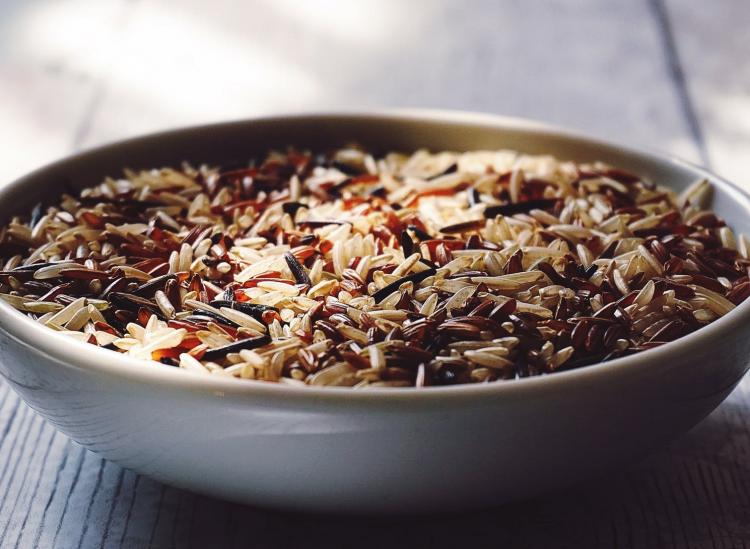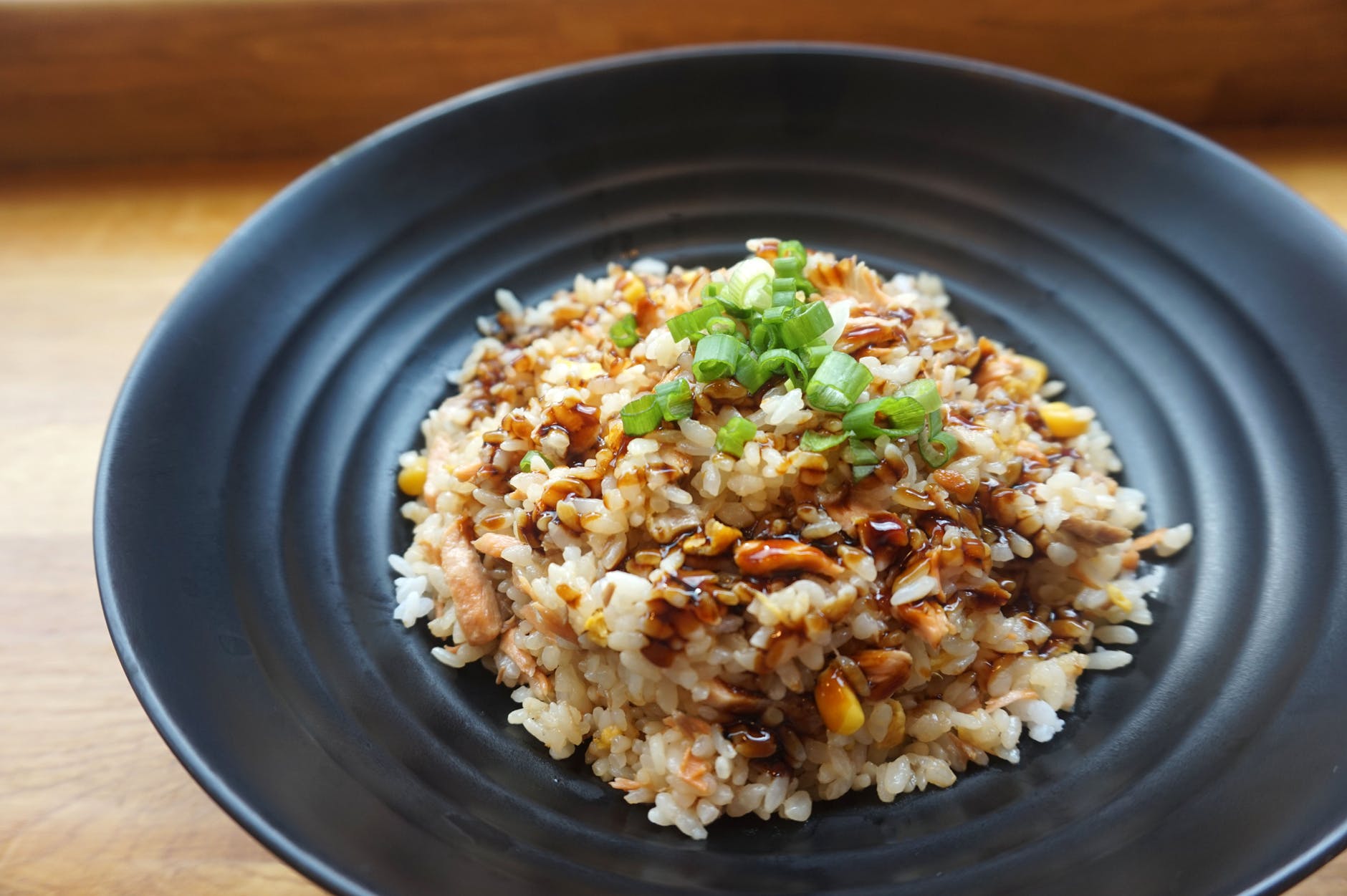Why Brown Rice Might Not Be Healthier For You Than White Rice

Pexels
When it comes to picking which type of rice to pair with homemade stir-fry or put in a burrito bowl, we’ve always thought that brown rice was the more nutritious choice. Compared to white rice, it’s a much more complex carbohydrate that sits far lower on the Glycemic Index, meaning it doesn’t break down too quickly in your digestive system and spike your blood sugar like crazy. It’s the obvious winner, right? Well, not so fast.
Despite the fact that it keeps us fuller for longer and packs in more gut-healing fiber, brown rice has a dirty little secret: it contains arsenic, one of the world’s most toxic elements that’s even carcinogenic to humans.
We have a feeling you’re as shocked by this news as we are. Never has a nutritionist or food expert shared this important little detail with us as we swap all our refined white rice for its more natural counterpart. Alas, it’s true. As pollution becomes an increasingly significant problem on our planet, more arsenic is seeping into our food chain, and rice absorbs arsenic at one of the highest rates among all crops. Brown rice specifically has 80 percent more inorganic arsenic than white rice.

Pexels
Why is brown rice so much worse, you ask? Well, brown rice is simply white rice before it goes through all of its refinement processes. It still contains the plant’s outer husk, bran and germ, which is why it has more fiber, vitamins and minerals than the white grain alone. But because those external elements are exposed to more arsenic, you ultimately consume more of the toxin when you choose to eat brown rice.
While arsenic is only found in trace amounts in the grain, it can accumulate if rice is a dominant part of your daily diet (looking at you, gluten-free peeps). Wildly enough, the Food and Drug Administration doesn’t limit how much arsenic can be present in rice and rice products, but many food safety experts believe that it’s a health risk we all need to be aware of as we make our food choices.
Want to shop as smart as possible in the rice aisle of your local supermarket? According to Consumer Reports, California-grown basmati rice has some of the lowest arsenic levels. Meanwhile, Texas-grown rice contains some of the highest amounts of the toxin. So read those labels and feel entitled to indulge a little bit in simple starches from now on. If you pair white rice with the proper balance of healthy fat and lean protein, your blood sugar and energy levels will fare just fine.
Sign up for Daily Fit by Swirled, our newsletter featuring a wellness tip of the day and must-read health news from around the web! You’ll be one step closer to living a healthy, balanced life.
RELATED
This Rice Dish Is The Perfect Addition To Any Dinner
7 Ways To Make Rice Cakes Not Taste Like Cardboard
3 Tried-And-True Tricks For Making The Fluffiest Rice











